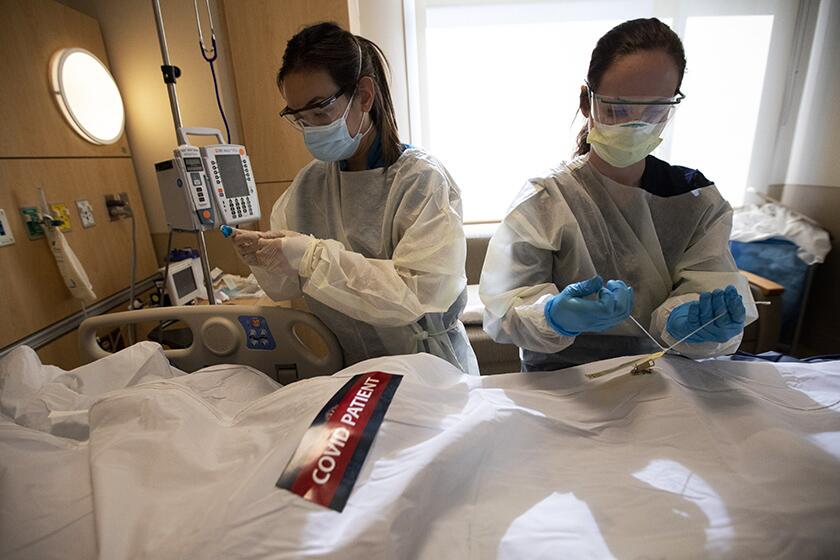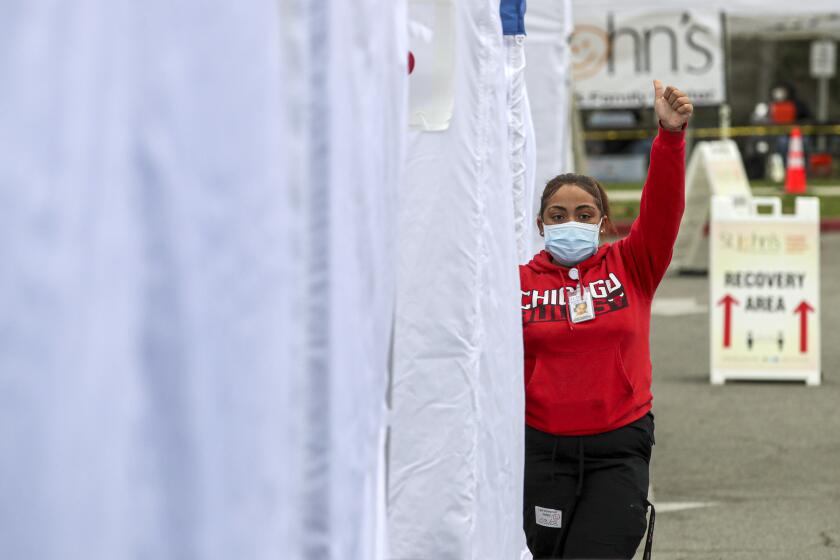California is far from herd immunity, making a 4th COVID-19 wave possible. Here’s how
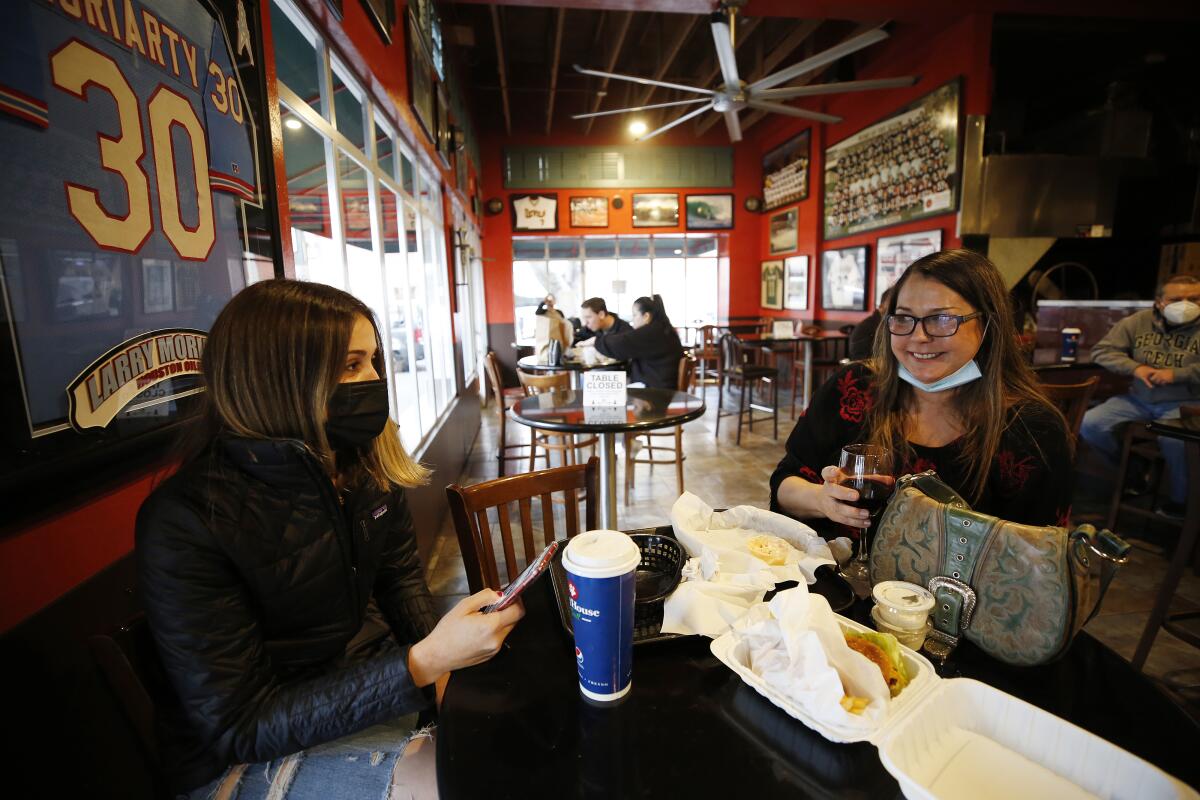
SAN FRANCISCO — California is optimistic that the worst of the COVID-19 pandemic is in the rearview mirror. But there are a number of things that could still go wrong and prompt a fourth wave, experts warn.
Dr. George Rutherford, an epidemiologist and infectious diseases expert at UC San Francisco, estimated that roughly 67% of a population needs immunity to COVID-19 before herd immunity can be established, meaning the spread of disease between people is unlikely.
It’s not a hard-and-fast percentage, Rutherford said; the threshold given by the U.S. government’s top infectious diseases expert, Dr. Anthony Fauci, is around 70% to 85%.
Nationally, about 40% of people are believed to have immunity to COVID-19, Rutherford said, either from vaccination or because they’ve been previously infected and have survived. About 26% to 39% of California’s population is probably immune — a figure lower than the national average “because we haven’t had so much infection and, as a result, have not had as much naturally acquired immunity,” Rutherford said last week at a campus forum.
The goal, Rutherford said, is to accelerate vaccination efforts and reach herd immunity as early as May. But the emergence of new, troublesome variants of the coronavirus could wreck those plans. There is a plausible scenario in which herd immunity cannot be reached this year because of the emergence of new variants.
California’s coronavirus strain is more transmissible than its predecessors, is more resistant to vaccines and may cause more severe cases of COVID-19.
“That’s why we’re so concerned about these variants,” Rutherford said.
Experts provided insights on the four things — as outlined by Rutherford — that could go wrong in California’s quest to put an end to the pandemic.
1. Breakdown of mask wearing and social distancing
Throwing away face masks too early — before enough people have been broadly vaccinated — could help spur the resurgence of the pandemic, experts warn.
A number of bipartisan elected officials — California Gov. Gavin Newsom as well as West Virginia Gov. Jim Justice, a Republican, who has retained a mask order in his state — have criticized the actions of states such as Texas to abandon mask-wearing mandates.
“In this situation, we need to be a little more cautious,” Justice said Sunday on CBS News’ “Face the Nation.” “Nobody likes a mask. But for crying out loud, if we could be a little more prudent — for 30 more days, or 45 more days, or whatever it took for us to get on rock-solid ground — that’s the approach West Virginia is going to take, and that’s the approach that I think it should take.”
Of the 10 states with the lowest cumulative COVID-19 death rates, nine have statewide mask mandates — Hawaii, Vermont, Maine, Oregon, Utah, Washington, New Hampshire, Colorado and Kentucky. Alaska does not have a statewide mask mandate, but several of the state’s largest cities do, according to AARP’s updated tracker of mask requirements by state.
A study by the U.S. Centers for Disease Control and Prevention found that the rate of COVID-19 deaths slowed in counties where states required masks, and sped up in counties where states allowed on-site restaurant dining.
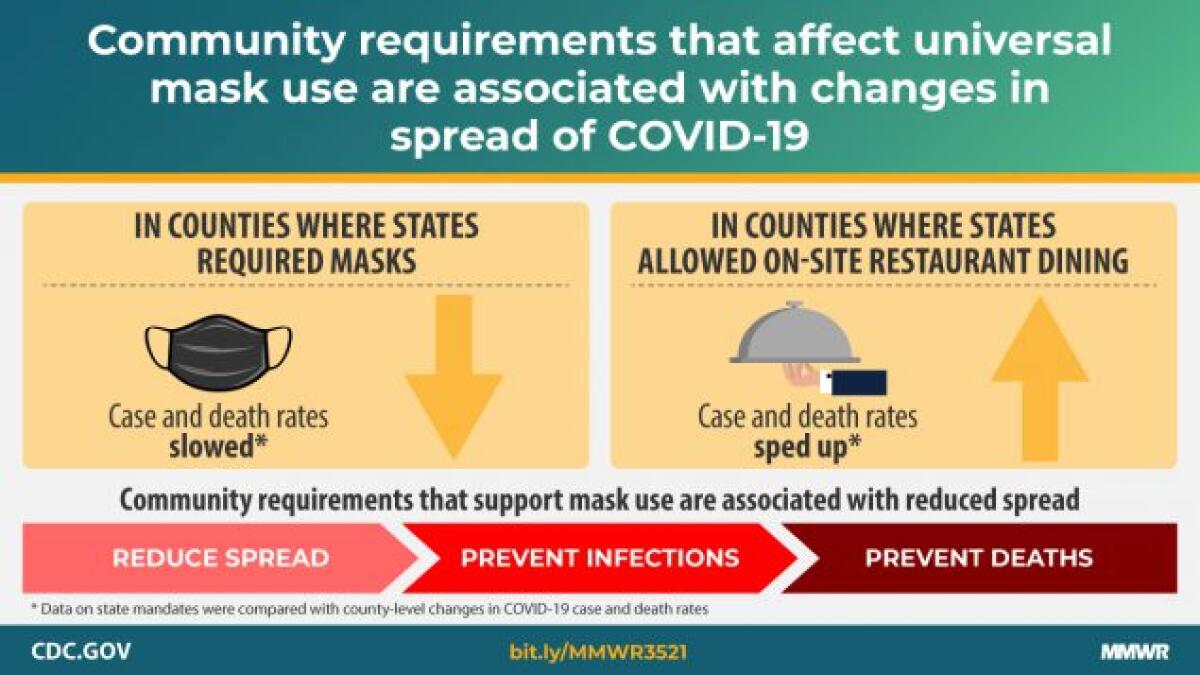
2. Failing to vaccinate underserved populations
Currently, Californians living in the wealthiest parts of the state are receiving twice as many vaccine doses as residents living in the poorest areas.
Continued inequity “can sustain epidemic transmission,” Rutherford said.
The efforts target residents who live in low-income areas where homes are crowded — areas that have suffered high rates of disease and death from COVID-19.
3. Emergence of more variants
A big concern is the emergence of more-contagious variants, as well as variants that can reinfect people or cause hospitalizations or death in those who have been fully vaccinated.
More-transmissible variants have been detected in 48 states, CDC Director Dr. Rochelle Walensky said recently.
Fauci has said that the U.K. variant, B.1.1.7, is concerning because of its increased transmissibility. That variant, however, is “covered relatively well by our current authorized vaccines.”
More problematic is the variant first identified in South Africa, B.1.351, which has spurred concerns about moderately to severely reduced vaccine efficacy, Fauci said.
Among the cases of the P.1 variant first identified in Brazil, there are “preliminary reports of increased transmissibility,” Fauci said, “and antibodies elicited by previous infection or vaccine may be less effective.”
And finally, the California variant, known as B.1.427/B.1.429, is concerning because of “preliminary reports of increased transmissibility and disease activity,” Fauci said, while New York’s B.1.526 variant is also being watched closely.
The New York variant is worrisome “because it has this mutation that seems to suggest that people who had prior infection could get reinfected and perhaps the vaccines might not be as effective,” Dr. Scott Gottlieb, a former commissioner of the U.S. Food and Drug Administration, said Sunday on “Face the Nation.” “It still represents a small amount of the overall infection. It’s probably going to grow. We’ve now found it in Georgia.”
The New York variant has been found in Southern California, Newsom said last week.
Gottlieb said he expected the U.K. strain to become the most prevalent in the U.S., with that variant making up 40% of infections in Florida and 30% in California. The U.K. variant is expected to crowd out the Brazilian and South African variants, he said.
Gottlieb says he’s doubtful there will be another coronavirus surge this spring — there may be a plateau in cases — but he expects that to be followed by subsequent declines.
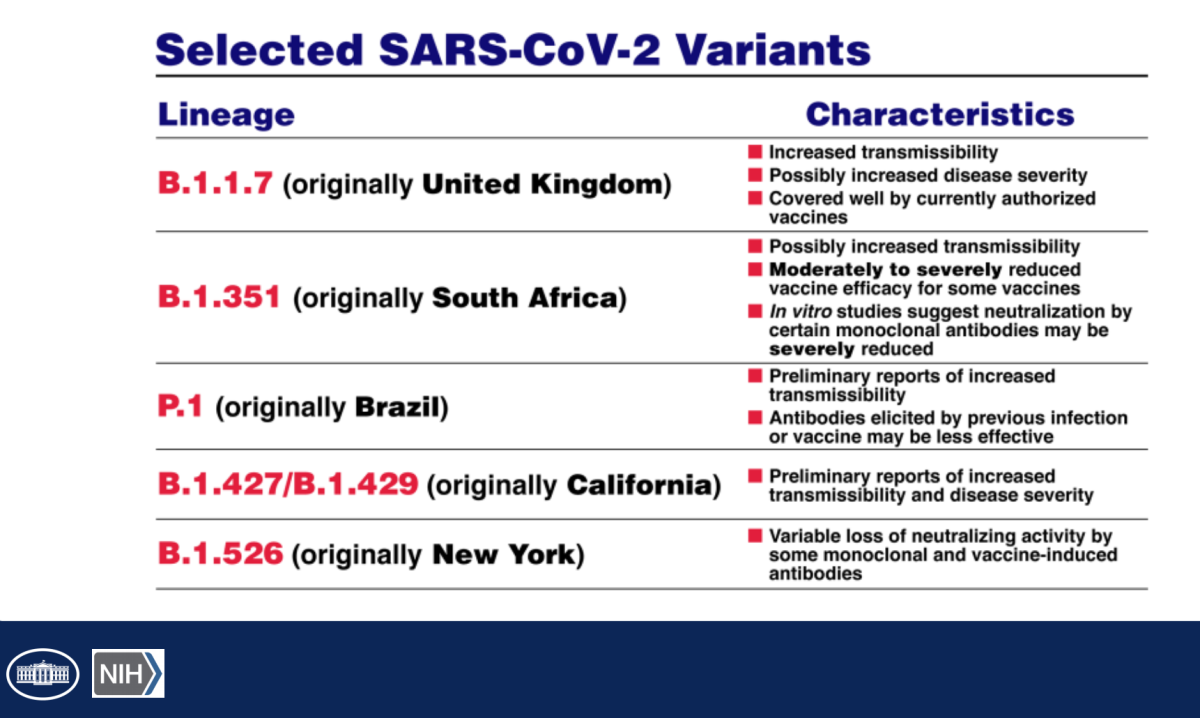
4. Ignoring international spread of the virus
Europe is starting to see weekly coronavirus cases climb back up without having fully recovered from its winter peak, Rutherford said. It’s largely being driven by outbreaks in the Czech Republic and Hungary, “and this is largely driven by the U.K. variant.”
“They don’t have lots of vaccine in these countries,” Rutherford said, “but still, I think this is a cautionary tale of the kinds of things that can happen from variants.”
Fauci said at a briefing Friday that, over the previous week, Europe reported a 9% increase in cases, “something we desperately want to avoid.”
Fauci and other officials have warned that the U.S. is starting to see a plateau in the average number of daily cases, halting what had been a promising decline from the autumn and winter surge.
Right now, the U.S. is reporting an average of 60,000 to 70,000 new coronavirus cases a day — a very high plateau. Those numbers are substantially higher than what preceded the last surge, when cases hovered around 40,000 a day, and those before the summer surge, when cases numbered about 20,000 a day.
The current daily case-count plateau is a problem, Fauci said. “When you have that much of viral activity in a plateau, it almost invariably means that you are at risk for another spike.”
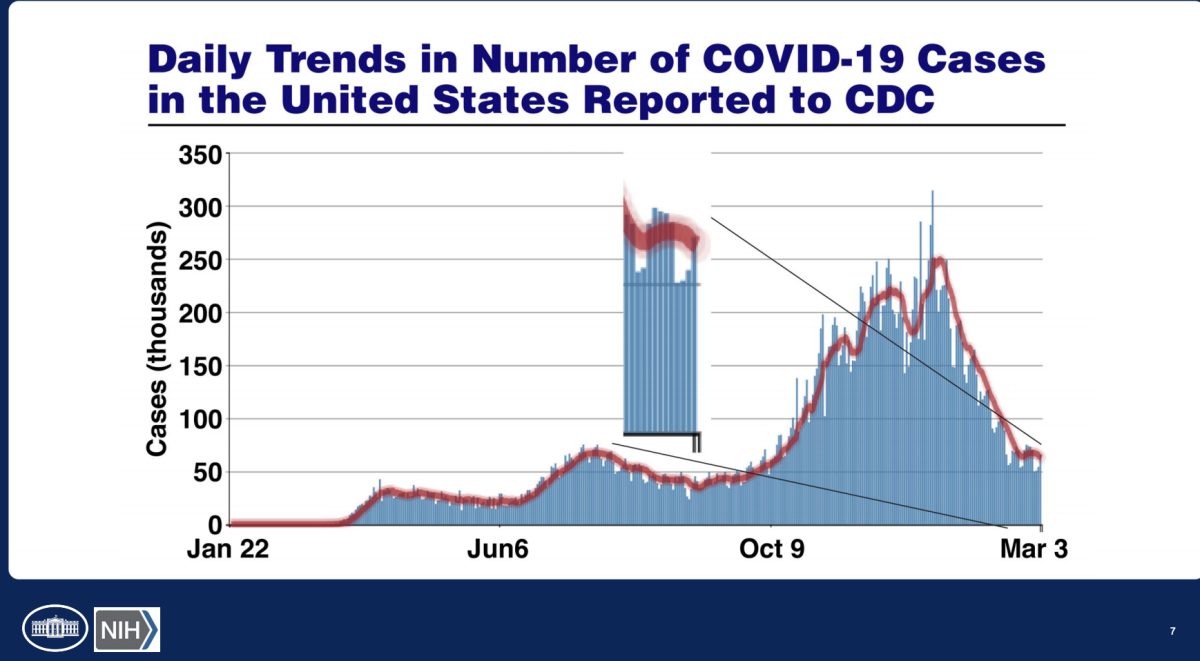
California has continued to see a downward trend in the number of daily coronavirus cases. For the seven-day period that ended Sunday, the state was averaging about 4,300 new coronavirus cases a day, a 19% drop from the previous week. That is, however, a softer decline than in mid-February, when there was a week-over-week decline of 37%.
Los Angeles County also has seen its week-over-week declines significantly soften. For the seven-day period that ended Sunday, L.A. County was averaging about 1,600 new coronavirus cases a day, less than 2% lower than the previous week. The previous week-over-week drop in cases was 18%; the week before that, it was 30%.
On Friday, Dr. Paul Simon, the chief science officer for L.A. County, said the reopening of L.A. County should proceed cautiously.
“We want to make sure that we’re certainly following the numbers very closely to make sure that we don’t see any early indications of a reversal,” Simon said.
“Though we will be opening up a bit, it’s really critically important that people remain disciplined and wear their face mask when they’re out in public, physically distance and avoid large gatherings.”
More to Read
Sign up for Essential California
The most important California stories and recommendations in your inbox every morning.
You may occasionally receive promotional content from the Los Angeles Times.
